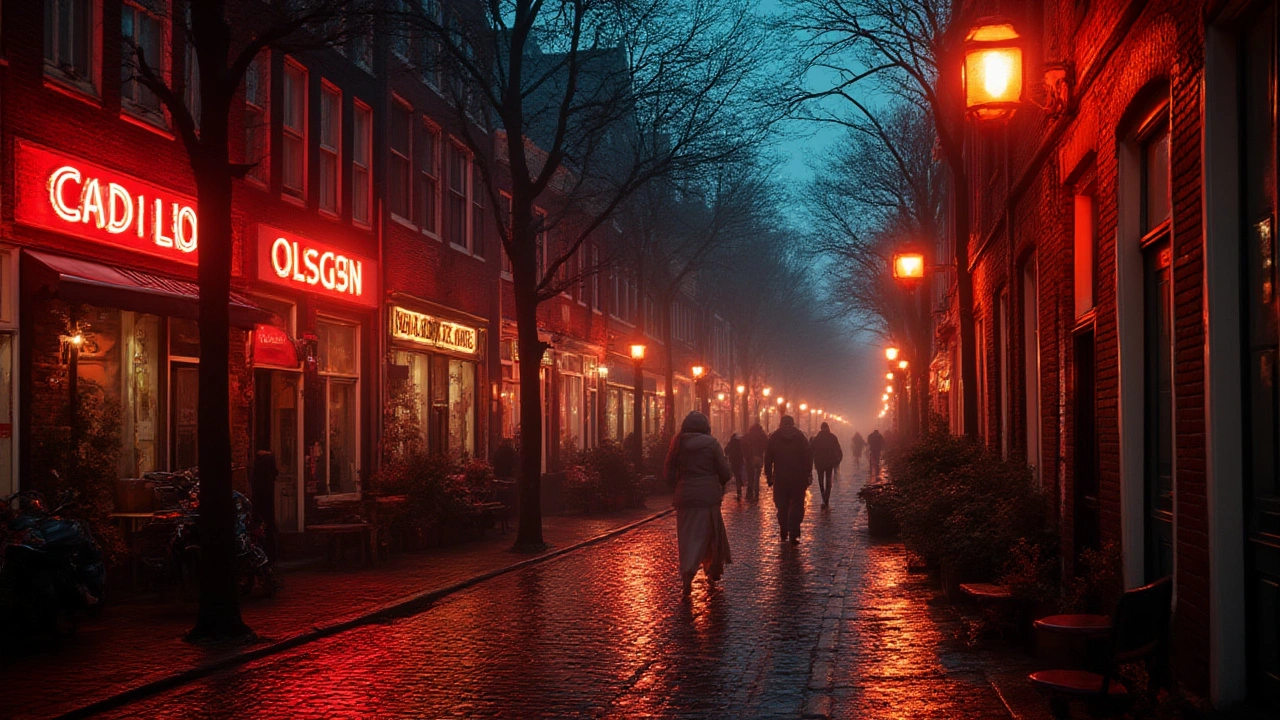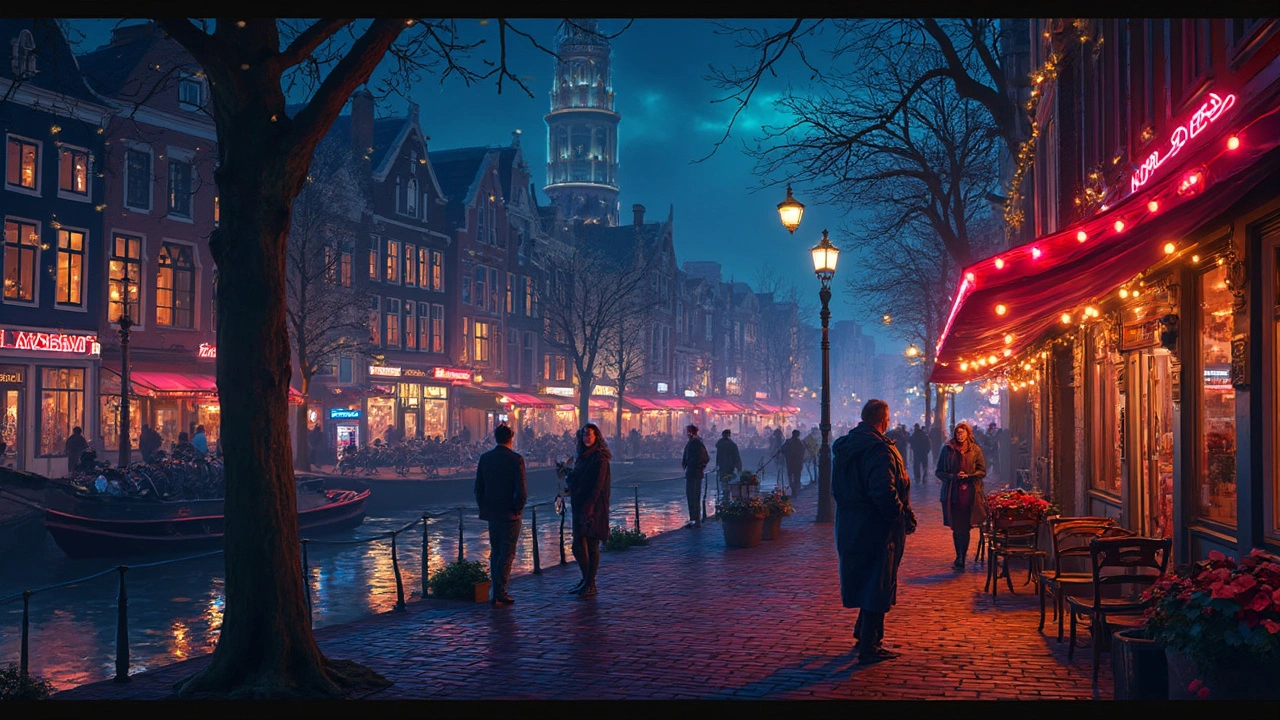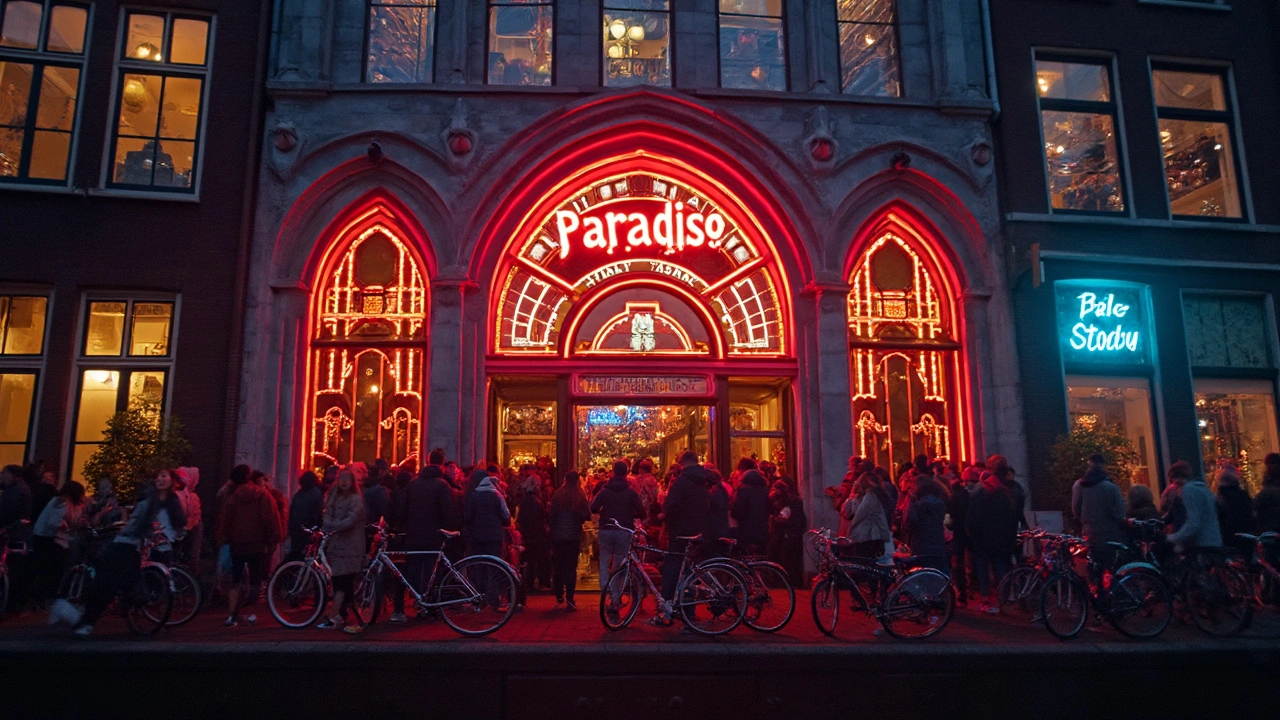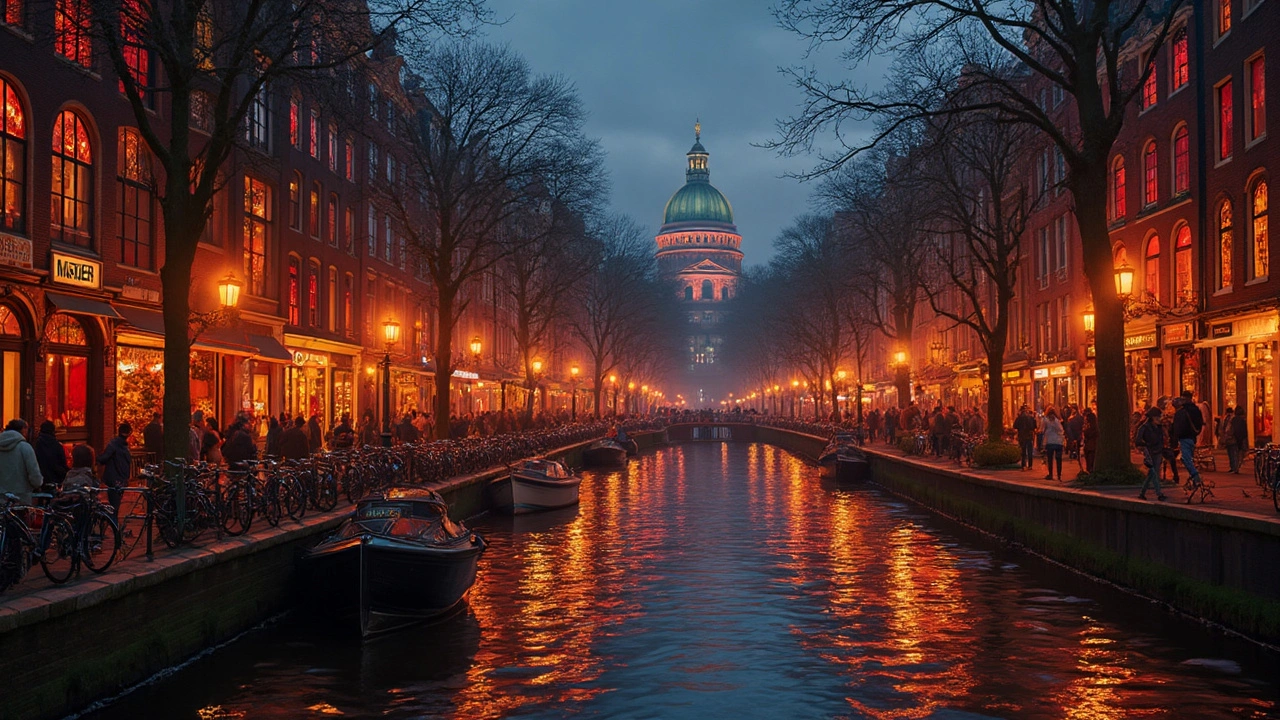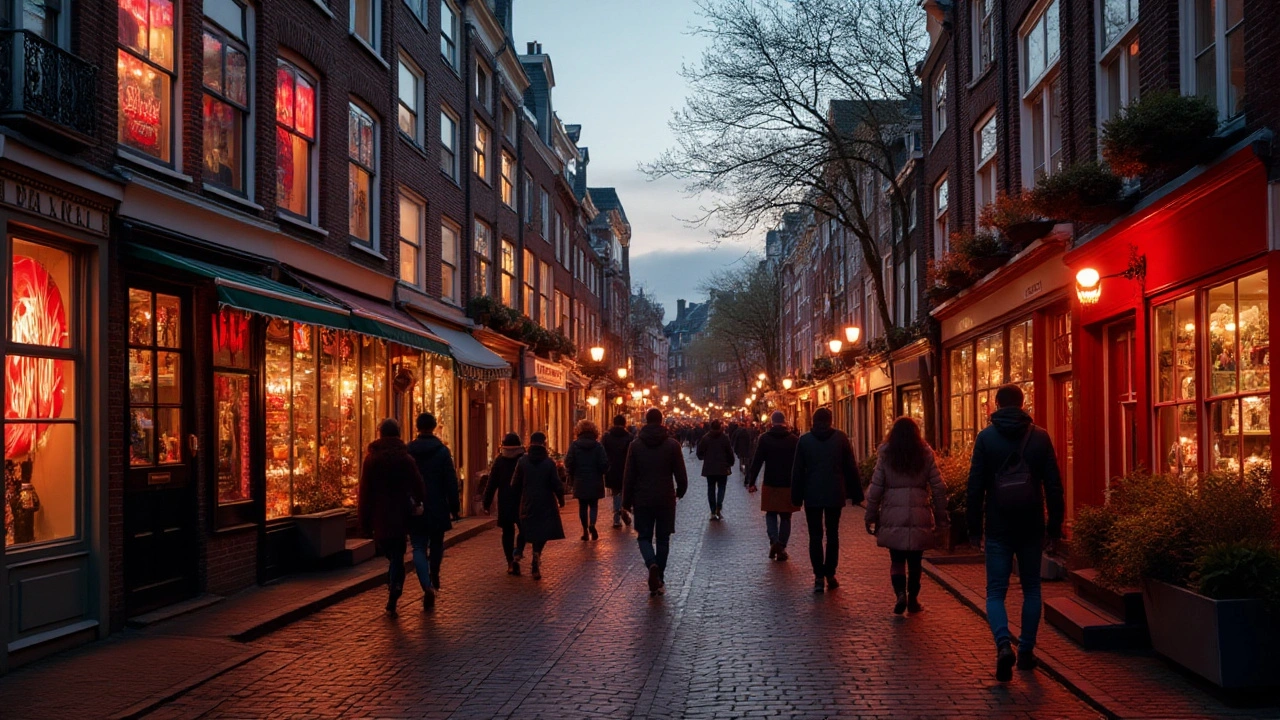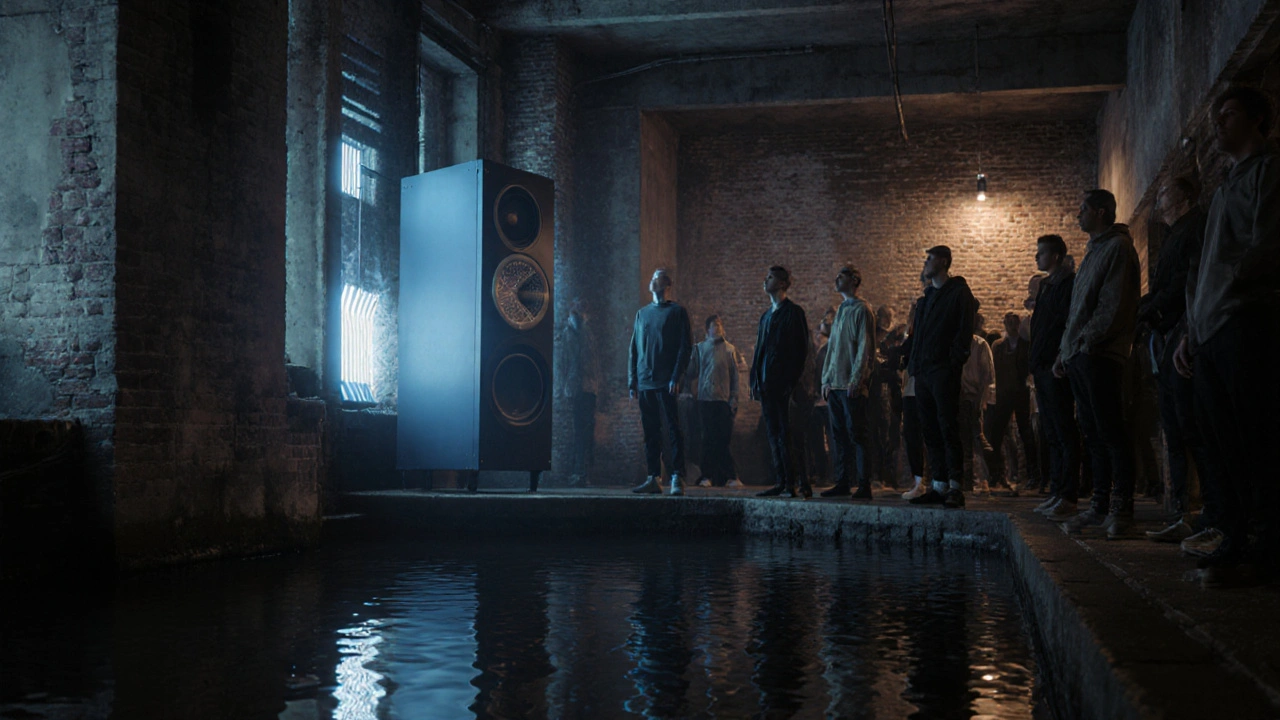
In Amsterdam, the bass doesn’t just shake the floor-it travels through the canals, bounces off 17th-century brick facades, and lingers in the damp air after midnight. This isn’t just another city with clubs. Amsterdam’s techno scene is a living organism, shaped by decades of underground resistance, open-mindedness, and a deep cultural love for rhythm that started long before De School or Trouw opened their doors. If you want your set to move a crowd here, you don’t just pick songs-you build a journey that matches the city’s pulse.
Know the Room Before You Pick the Track
Every Amsterdam techno club has its own DNA. Trouw, for example, is a converted newspaper printing plant with a sound system engineered by Dutch acoustics experts. The bass hits low and clean, so you can drop a 120 BPM minimal groove and let it breathe. At De School, the floor is concrete, the lights are dim, and the crowd expects raw, industrial textures. You don’t bring a melodic techno track with lush pads here-you bring distorted kicks, distorted vocals, and a 303 line that sounds like it’s being crushed under a forklift.At De Marktkantine, the crowd is younger, the energy is looser, and the music shifts faster. You can weave in some acid house or even a touch of electro, but never lose the forward momentum. If you play a track that stalls, the crowd won’t wait. They’ll turn to their friends, check their phones, or head to the bar. In Amsterdam, the floor doesn’t forgive hesitation.
Start with the Right Tempo
Amsterdam techno doesn’t race. It marches. Most sets here sit between 120 and 128 BPM. Anything faster than 130 feels frantic, not hypnotic. Anything slower than 118 feels lazy, like you’re waiting for the night to begin.Think about the rhythm of the city itself. The trams glide at 125 BPM. The footsteps on the cobblestones near the Leidseplein? About 122. Your music should match that natural cadence. Start with a steady, deep kick-something like Amsterdam’s own Stefan Kozel’s "Bassline 22" or the classic Basic Channel’s "Rhythm & Sound". Let it lock in. Don’t rush to drop the next track. Let the room feel it.
Build the Arc Like a Canal Tour
Amsterdam’s canals don’t go straight-they curve, they widen, they disappear behind bridges, then reappear under different lights. Your set should do the same.Begin with a slow, hypnotic pulse. A looped sample of rain on a rooftop, a distant church bell, a muted snare that barely taps. Think Basic Channel or Monolink’s early work. After 15 minutes, introduce a subtle bassline that grows like fog over the Amstel. Don’t add drums yet-let the tension build.
By the 30-minute mark, the crowd is breathing with the beat. Now drop a track with a distorted vocal sample-something like Marina Herlop’s "I’m Not Here" or Marina Herlop’s "I’m Not Here". It doesn’t need to be loud. It just needs to feel like a whisper in a crowded room.
By hour two, the energy shifts. Bring in the harder kicks. Use tracks from Amsterdam-based label R&S Records or Studio Barnhus. Layer in a 303 line that spirals upward. Let the crowd feel the heat. Don’t drop the biggest track yet. Save it.
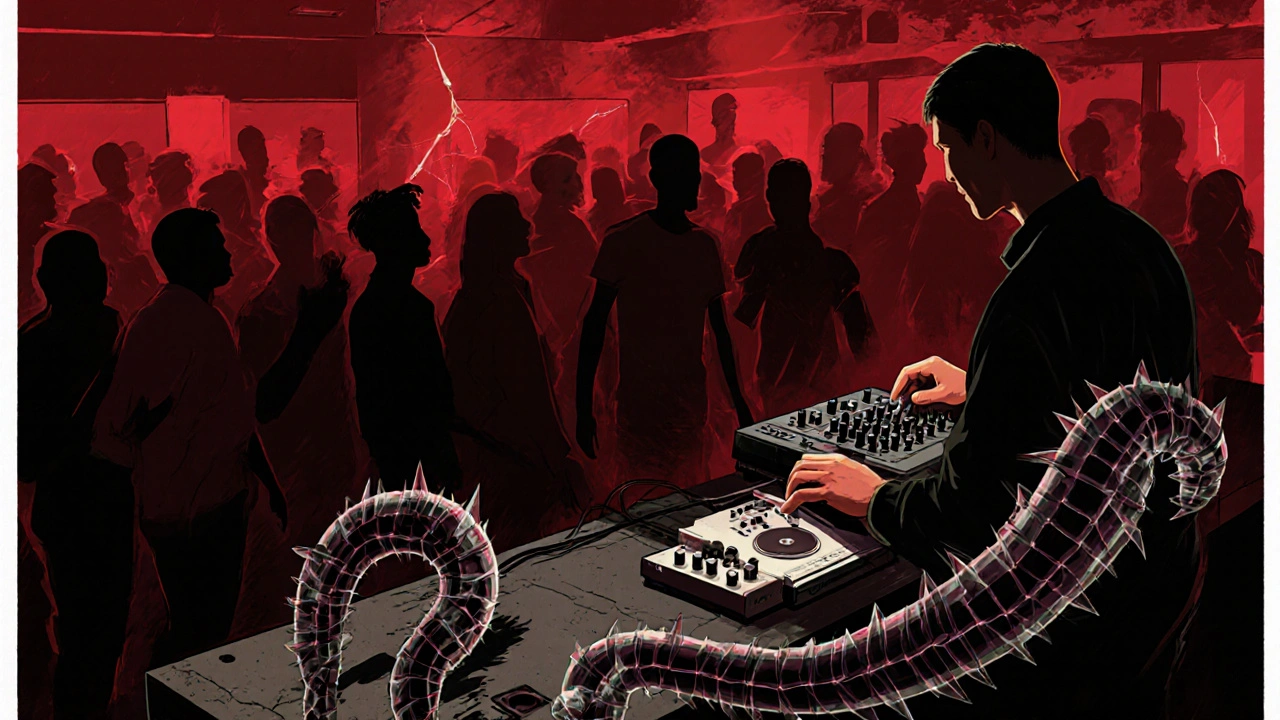
Save the Peak for the Right Moment
The peak isn’t about volume. It’s about timing. In Amsterdam, the peak happens when the crowd forgets they’re in a club. That’s usually around 3:30 AM. That’s when the last stragglers from the Red Light District wander in. That’s when the security guards stop checking IDs and start nodding along.That’s when you drop Charlotte de Witte’s "The Rumble" or Amsterdam’s own Dixon’s "Luminous". It’s not the loudest track. It’s the one that feels like the city’s heartbeat finally synced with yours.
After that? Let it fade. Bring back the ambient textures. A single synth note. A slow reverb tail. Let the room breathe. The crowd will thank you with silence. That’s the real win.
Respect the Culture, Not Just the Sound
Amsterdam’s techno scene isn’t just about music. It’s about history. The city gave birth to the first underground rave culture in Europe in the early ’90s. The old warehouses in the NDSM area? That’s where it started. The people who came here didn’t care about fame. They cared about space, sound, and freedom.Don’t play tracks that feel like they were made for Miami or Ibiza. Don’t throw in a pop remix just to get a cheer. The crowd here can smell a fake. They’ve been to every festival, every pop-up, every secret warehouse party from Utrecht to Rotterdam. They know the difference between a trend and a truth.
Play music that feels like it was made in a basement in Amsterdam, not a studio in Berlin. Support local labels: R&S Records, Deewee, Hardwired. Play tracks from artists who live here-Amsterdam’s Sven Väth, Ellen Allien, Marcel Dettmann-not just because they’re famous, but because they understand the rhythm of this city.
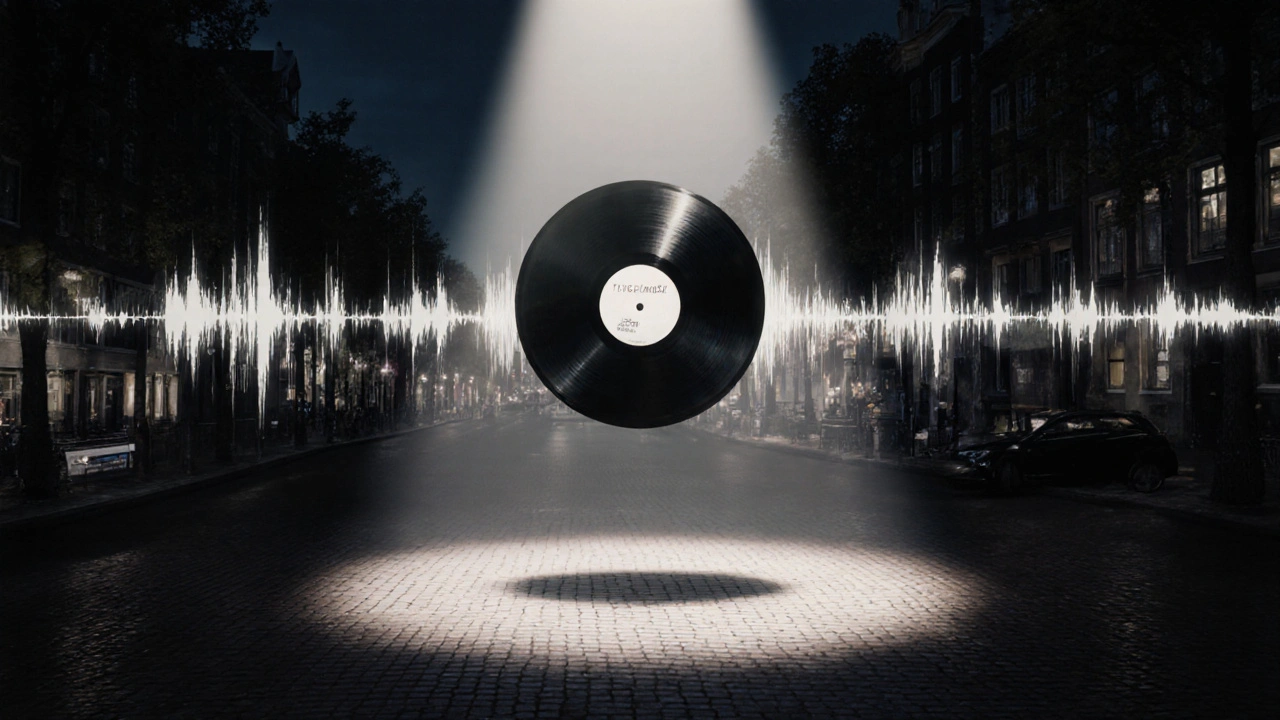
Test Your Set Before You Play
Don’t just trust your headphones. Test your playlist on a good pair of speakers in your living room. Play it at night. Dim the lights. Walk around. Does it still move you? Does it still feel like Amsterdam?Or better yet-go to a club during an open mic night. Play your set at De Marktkantine or De School during their open sessions. Watch the crowd. Who moves? Who stays still? Who leaves early? Take notes. Adjust.
Amsterdam doesn’t reward guesswork. It rewards listening.
Final Rule: Less Is More
The best sets in Amsterdam aren’t the ones with the most tracks. They’re the ones with the fewest. Five tracks, perfectly chosen, perfectly timed, can move a thousand people. Twenty tracks, rushed and overplayed, will leave them cold.Leave space. Let the silence breathe. Let the bass echo. Let the crowd feel like they’re part of the music, not just listening to it.
In Amsterdam, the perfect techno playlist isn’t about what you play. It’s about what you don’t play.
What tempo should my techno playlist be for Amsterdam clubs?
Most Amsterdam techno sets run between 120 and 128 BPM. Slower than 118 feels flat; faster than 130 feels frantic. The city’s rhythm-trams, footsteps, even the flow of the canals-lives in that 120-128 range. Match it, and the crowd will move without thinking.
Which Amsterdam clubs have the most demanding crowds?
Trouw and De School are the toughest. The sound systems are engineered for precision, and the crowd expects depth, not noise. De Marktkantine is more forgiving but still hates filler. If your track doesn’t have a purpose, they’ll notice. The Red Light District clubs are more about vibe than sound-save your hardest tracks for the underground.
Should I include Dutch artists in my set?
Yes. Not because you have to, but because it matters. Artists like Charlotte de Witte, Stefan Kozel, and Ellen Allien built the sound of this city. Their music carries the weight of Amsterdam’s history-warehouse raves, squat parties, and the quiet rebellion of electronic freedom. Playing them shows respect. The crowd will feel it.
Is it okay to play a pop remix in an Amsterdam techno club?
Never. Not even a little. Amsterdam’s techno crowd has seen every remix, every festival trap drop, every TikTok trend. They’re here for the raw, the real, the repetitive. A pop remix breaks the spell. It’s not just bad taste-it’s a betrayal of the space.
What’s the best time to drop the peak track?
Around 3:30 AM. That’s when the last of the night’s wanderers arrive-people who came from the Red Light District, the train station, or a late dinner in Jordaan. The energy shifts. The crowd is tired but awake. That’s when a single, perfectly placed track can turn the room into something sacred. Don’t rush it. Wait for the silence to build.

